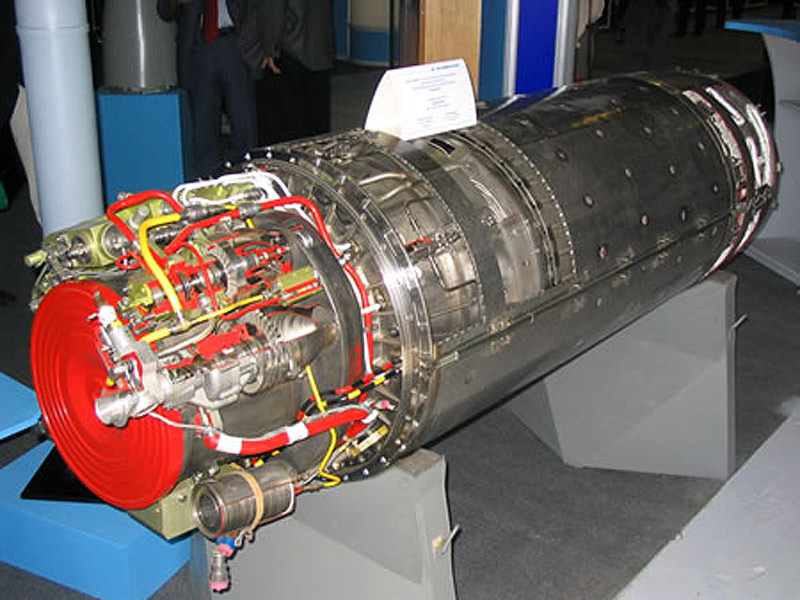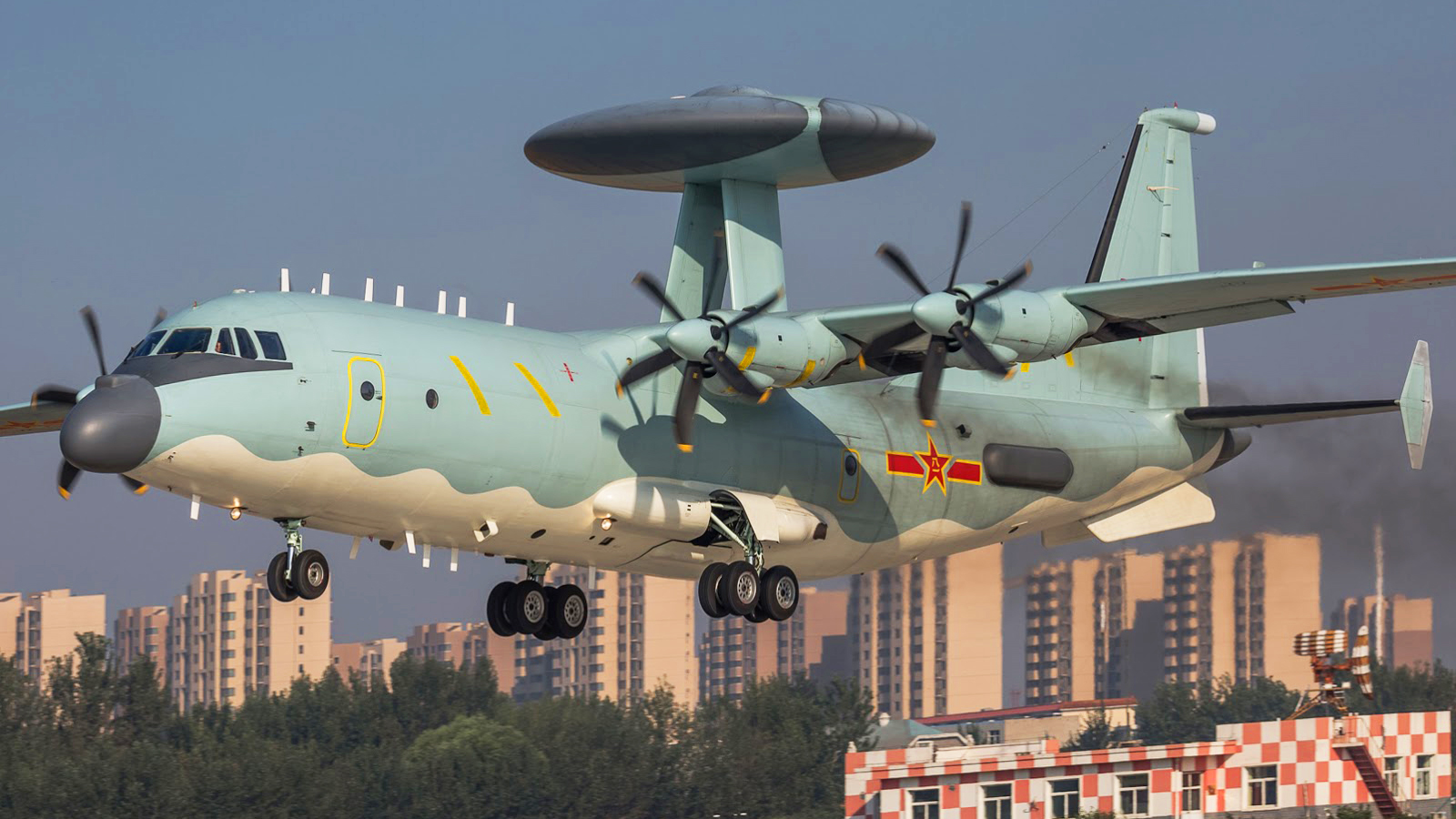SOURCE: RAUNAK KUNDE / NEWS BEAT / IDRW.ORG


In a significant development for India’s defense sector, the Defence Research and Development Organisation (DRDO) is reportedly preparing to test a hypersonic cruise missile as part of its Project ET-LDHCM (End-to-End Test of Long-Duration Hypersonic Cruise Missile). The latest tender documents, detailing the scope of work for the supply of integration jigs and trolleys, provide a glimpse into the meticulous preparations underway for this advanced missile system.
The tender document outlines the supply of critical equipment, including Phase-II integration trolleys for sections 2, 3, and 4 (two units each), an integration jig for airframes, another for engine assembly, and an extension bed for the integration fixture. These components are essential for the assembly and integration of the hypersonic missile, ensuring precision and adherence to design specifications. The document emphasizes that the fabrication of these items must meet the standards outlined in the associated drawings, with the firm required to maintain secrecy throughout the process. Inspection reports must also accompany the deliverables, ensuring quality assurance.
Continue readingSOURCE: RAUNAK KUNDE / NEWS BEAT / IDRW.ORG


BrahMos Aerospace, the India-Russia joint venture behind the formidable BrahMos supersonic cruise missile, is set to push the boundaries of missile technology with a tweaked ramjet engine designed to propel the missile to speeds exceeding Mach 4.5. According to sources close to idrw.org, ground trials of the enhanced engine are underway, marking a significant step toward bolstering the missile’s performance and ensuring its continued dominance in modern warfare.
The BrahMos missile, renowned for its Mach 3 cruising speed, precision, and versatility, has already established itself as a cornerstone of India’s defense capabilities. Capable of being launched from land, sea, air, and submarine platforms, the missile has a range of up to 450 km (with an extended-range variant reaching 600 km). Its recent deployment in conflicts with Pakistan, where it evaded interception by enemy air defenses, underscores its lethality and reliability in contested environments.
Continue readingSOURCE: RAUNAK KUNDE / NEWS BEAT / IDRW.ORG


In a significant boost to India’s self-reliance in defence manufacturing, the Indian Navy’s recently contracted 26 Rafale Marine (Rafale-M) fighter jets and the Indian Air Force’s (IAF) existing fleet of 36 Rafale jets will be integrated with three indigenous weapon systems: the Rudram-I anti-radiation missile, Astra Mk1 beyond-visual-range air-to-air missile (BVRAAM), and Smart Anti-Airfield Weapon (SAAW).
The Rudram-I, capable of striking targets at ranges up to 150 km, will enhance the Rafale’s Suppression of Enemy Air Defence (SEAD) capabilities, marking a pivotal step in integrating Indian-made weapons into one of the world’s most advanced 4.5-generation fighters. This development, part of the €7 billion (?63,000 crore) Rafale-M contract signed with France on April 28, 2025, underscores India’s push for strategic autonomy under the “Make in India” and “Atmanirbhar Bharat” initiatives.
Continue readingSOURCE: AFI


In a significant development for Pakistan’s defense capabilities, China has reportedly offered to supply the Pakistan Air Force with 40 fifth-generation J-35 stealth fighter jets, KJ-500 airborne early warning and control system (AWACS) aircraft, and the HQ-19 air defense system. This offer, announced by the Government of Pakistan, signals a deepening of military ties between the two nations amid evolving regional security dynamics.
The J-35, a fifth-generation stealth fighter jet, represents a leap forward in aerial combat technology. Designed for advanced stealth, agility, and sensor fusion, the J-35 is poised to enhance Pakistan’s air superiority in the region. With 40 of these jets potentially joining the Pakistan Air Force, the country could significantly bolster its deterrence capabilities against potential adversaries. The J-35 is expected to complement Pakistan’s existing fleet, including the JF-17 Thunder, which is also a product of Sino-Pakistani collaboration.
Continue readingSOURCE: AFI


In a landmark development for Indo-Australian defence cooperation, India and Australia have signed a Joint Research Project to develop advanced towed array sonar systems, a critical technology for enhancing underwater surveillance and anti-submarine warfare (ASW) capabilities. The agreement, announced on June 4, 2025, marks a significant milestone in the strategic partnership between the two nations, reinforcing their shared commitment to maritime security in the Indo-Pacific region.
Towed array sonars are advanced underwater detection systems comprising hydrophones towed behind a ship or submarine on a cable, often extending kilometers. These systems excel at detecting faint acoustic signals from quiet submarines or torpedoes, offering superior resolution and range compared to hull-mounted sonars. By positioning sensors away from a vessel’s own noise sources, towed arrays significantly improve the signal-to-noise ratio, making them indispensable for ASW operations in complex maritime environments like the Indian Ocean.
Continue readingSOURCE: AFI


According to Pakistani defense analyst Bilal Khan, the Pakistan Air Force (PAF) had banked on a repeat of the 2019 Balakot scenario during India’s Operation Sindoor, launched on May 7, 2025, targeting Pakistani terror infrastructure. The PAF anticipated that alleged IAF losses on the first night of the strikes would deter India from further operations, as seen in 2019 when India refrained from escalation after losing a MiG-21. However, as Khan notes in his June 5, 2025, analysis, India’s perception of “cost” versus “benefit” diverged significantly from Pakistan’s projections, leading to a strategic pivot that caught the PAF off guard and nearly halted its operations.
On the night of May 7, 2025, the PAF demonstrated its ability to engage Indian aircraft while they were still within Indian airspace, marking an apparent setback for the IAF. This engagement, likely involving PAF’s JF-17 Thunder jets equipped with PL-12 missiles, was intended to signal Pakistan’s defensive resolve and deter further Indian action. Khan suggests that the PAF expected India to back off, as it did post-Balakot in 2019, when perspective, fearing the cost of escalation would outweigh the benefits of sustained operations. However, India quickly regrouped, reassessing its strategy and redefining its approach to imposing its national security interests on Pakistan.
Continue readingSOURCE: AFI


Chinese social media platforms are abuzz with criticism and skepticism following reports that the Chinese government may supply the Shenyang J-35A (also known as the FC-31) stealth fighter to Pakistan, despite the aircraft not yet being inducted into the People’s Liberation Army Air Force (PLAAF) or Navy (PLAN). Netizens have raised concerns about the rationale behind this move, pointing to China’s own production challenges and Pakistan’s financial constraints, as evidenced by posts on platforms like X dated June 6, 2025.
Posts on X reveal a wave of discontent among Chinese netizens. A user named Yingyang Medical School (@Zhejiang) questioned Pakistan’s ability to afford the J-35A, stating, “Pakistan has also made a lot of fake news. How can it afford to buy it? It hasn’t even paid for the J-10.” This sentiment reflects broader concerns about Pakistan’s economic situation, especially given its history of delayed payments for previous military acquisitions like the J-10C. Another user, CQL0530 (
Continue readingSOURCE: IANS


With its citizens deeply worried now about the country staring down the barrel of a major water crisis, a desperate Pakistan has written to India as many as four times, pleading New Delhi to reconsider its decision of suspending the Indus Waters Treaty (IWT) following the heinous April 22 Pahalgam terror attack which resulted in the death of 26 innocent civilians.
The four letters sent by Syed Ali Murtaza, Secretary of Pakistan’s Ministry of Water Resources, were addressed to the Ministry of Jal Shakti which has since then forwarded them to the Ministry of External Affairs (MEA), sources indicated. In the letters, Murtaza has urged India to reinstate the agreement.
Continue readingSOURCE: REUTERS


Canadian Prime Minister Mark Carney invited his Indian counterpart Narendra Modi to the upcoming Group of Seven summit in a phone call on Friday, as the two sides look to mend ties after relations soured in the past two years.
The leaders agreed to remain in contact and looked forward to meeting at the G7 summit later this month, a readout from Carney’s office said.
Continue readingSOURCE: IANS


The Foreign Ministers of Kazakhstan, Kyrgyzstan, Tajikistan, Turkmenistan and Uzbekistan, had a joint call on Prime Minister Narendra Modi on Friday evening, briefing him on the positive and productive discussions held during the 4th Meeting of the India-Central Asia Dialogue, that was held in New Delhi, earlier during the day. During the meeting, Prime Minister Modi emphasised that relations with the Central Asian countries have always been a key priority for India.
Building upon the strong foundation of historic people-to-people ties, he shared his vision for greater economic interconnections, expanded connectivity, enhanced defence and security cooperation, and comprehensive collaboration in new and emerging areas.
Continue readingSOURCE: PTI


Elon Musk’s Starlink has received a licence from the telecom department for providing satellite internet services in India, a key milestone that will take it closer towards launching commercial operations in the country.
Starlink is the third company after Eutelsat OneWeb and Jio Satellite Communications to get a licence from the Department of Telecommunications to provide satellite internet services in the country. A fourth applicant, Amazon’s Kuiper is still waiting for approvals.
Continue readingSOURCE: PTI


Top Maoist leader Bhaskar, who carried a cumulative bounty of Rs 45 lakh, has been killed in an encounter with security forces in Indravati National Park area in Chhattisgarh’s Bijapur district on Friday, a senior police official said citing “preliminary identification of body”.
The encounter was part of the same anti-Maoist operation underway since Wednesday by personnel from the state police’s Special Task Force (STF) and District Reserve Guard (DRG) as well as the CRPF’s specialised unit CoBRA, Inspector General of Police, Bastar Range, Sundarraj said.
Continue readingSOURCE: PTI


Congress MP Shashi Tharoor has said that to suggest one can mediate between two unequals is not possible because there is no equivalence between terrorists and their victims, amid repeated claims by US President Donald Trump that he “helped settle” the tensions between India and Pakistan.
Mr Tharoor, currently in the US leading a multi-party delegation on Operation Sindoor, made the comments in response to a question during a conversation at the Council on Foreign Relations here Thursday.
Continue readingSOURCE: PTI


The family of Syed Adil Shah, a pony rider killed in the April 22 Pahalgam terror attack, expressed profound gratitude to Prime Minister Narendra Modi on Thursday and said his public acknowledgement of their loved one’s sacrifice significantly boosted their morale.
Speaking at a public address in Katra after inaugurating a new rail service connecting Kashmir to the rest of the country, the prime minister lauded Adil Shah, saying that the young man was simply trying to earn a living for himself and his family when he bravely confronted the terrorists before being killed.
Continue readingSOURCE: IANS


Security forces neutralised two militants during a fierce gun battle in Arunachal Pradesh’s Longding district, bordering Myanmar, officials said on Friday. A Defence spokesperson said that the slain militants were suspected to be from the National Socialist Council of Nagalim (NSCN-K-YA) faction.
The gunfight occurred on Thursday when during the patrolling party of the security forces came under attack from militants believed to be operating across the porous India-Myanmar border in Longding district of Arunachal Pradesh.
Continue reading